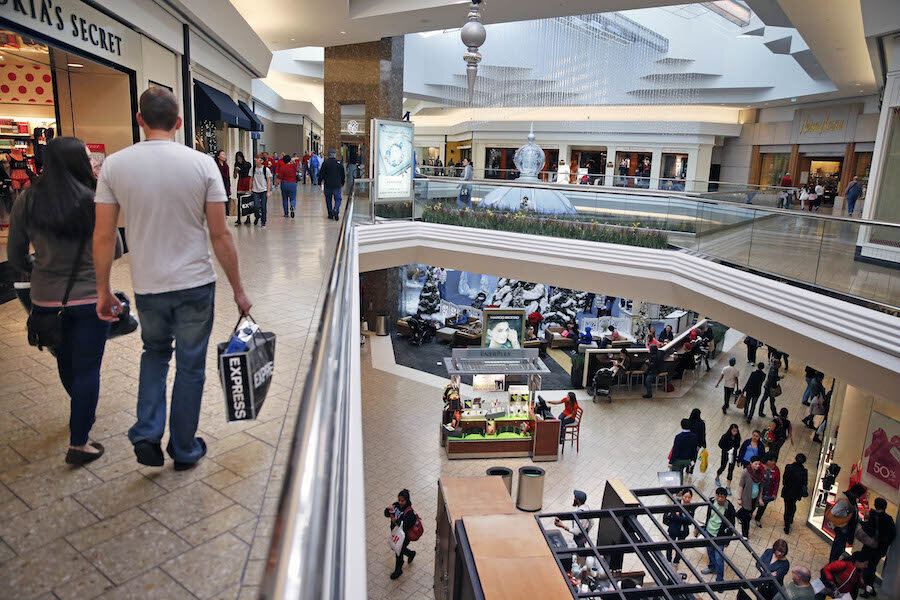US economy surged at surprising 3.7 percent rate in Q2
Loading...
The U.S. economy posted a much bigger rebound in growth during the spring than previously reported, thanks to greater spending by businesses and consumers.
The economy as measured by gross domestic product expanded at an annual rate of 3.7 percent in the April-June quarter, more than a percentage point greater than the initial 2.3 percent estimate, the Commerce Department reported Thursday. It was the strongest growth since last summer and marked a sharp upgrade from the anemic 0.6 percent advance during the January-March quarter.
To be sure, the GDP report provides a backward look at the U.S. economy, which has since been hit with deepening concerns about a slowdown in China and recent turbulence in global financial markets. It remains unclear how the U.S. economy will fare in the months ahead as a result.
The robust second-quarter numbers, however, indicate a level of growth unmatched by the rest of the developed world and a solid footing heading into the second half of the year.
"The economy regained a massive amount of momentum in the second quarter and all the evidence from July's activity and employment data suggests that momentum continued into the third quarter," said Paul Ashworth, chief U.S. economist at Capital Economics.
He expects GDP growth of 2.5 percent in the current quarter.
Mark Zandi, chief economist at Moody's Analytics, is forecasting that the economy will grow around 2.8 percent in the current quarter and accelerate to a 3.5 percent annual rate in the October-December period. But he said that is based on an expectation that the recent market turbulence will not inflict long-lasting damage on the economy.
"My forecast rests on the assumption that this is a garden variety market correction, with stock prices dropping by 10 percent from their recent high," Zandi said. "If we get a bigger decline of 20 percent, then that will hurt consumption and housing, and we will not get the job growth we are expecting."
The revision for second-quarter growth was broad-based, reflecting more robust spending by consumers, businesses and government.
Consumer spending grew at annual rate of 3.1 percent, up from a 1.8 percent growth rate in the first quarter.
Business investment in structures and equipment was revised higher to show growth of 3.2 percent instead of a decline. Housing construction jumped 7.8 percent, up from an initial estimate of 6.6 percent growth. Businesses spent more to restock their store shelves as well.
Also fueling growth were strong gains in state and local government spending, largely due to greater public construction outlays.
U.S. stock markets opened higher Thursday after the GDP report and a strong day across global financial markets. The Dow Jones industrial average was up more than 150 points in the opening hour. On Wednesday, stocks rallied to recoup some of the huge losses incurred in the previous sessions, snapping a six-day losing streak in which the Dow tumbled about 1,900 points.
Before the recent financial market turmoil, many economists had thought that signs of an improving U.S. economy would lead the Fed to begin raising its key short-term rate at its Sept. 16-16 meeting. Now many analysts say a September rate hike is probably off the table, at least for now.
"With the economy gaining strength... and labor markets marking further progress, the Fed should feel "compelled" to raise interest rates this year," said Sal Guatieri, senior economist at BMO Capital Markets. "Whether it moves in September will largely hinge on whether global financial markets settle down in the weeks ahead."
Analysts cautioned that there could be more turbulence ahead, in part because of unsettled conditions in China. Beijing has devalued its currency and taken other steps to address a major slowdown in its economy, the world's second-largest.





